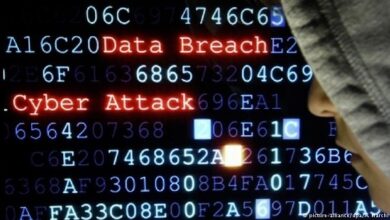Honeywell Raises the Alarm on New Industrial Cybersecurity Threat

Honeywell has released its 2024 USB Threat Report, which provides new insights into how “silent residency” has become an increasing cyber threat for industrial and critical infrastructure facilities. In the report, Honeywell highlighted the growing risk of these new attacks—referred to as “living off the land” (LotL)—in which adversaries use USB devices to gain access to industrial control systems to hide and observe operations before launching attacks that evade detection and manipulate the target systems.
“Targeted cyber-physical attacks are more than zero-day exploits that take advantage of an unknown or unaddressed vulnerability. Instead, they are now also about silent residency—using LotL attacks to wait until there is an opportune moment to turn a system against itself,” said Micheal Ruiz, vice president of OT (operations technology) cybersecurity for Honeywell.
According to the report, most of the malware detected on USB devices by Honeywell’s Secure Media Exchange could cause loss of view or loss of control of an industrial process, a potentially catastrophic scenario for operators.
The 2024 report is based on the Honeywell Global Analysis, Research and Defense (GARD) team’s tracking and analysis of aggregated cybersecurity threat data from hundreds of industrial facilities globally during a 12-month period.
Key findings in the report include:
- USB devices continue to be used as an initial attack vector into industrial environments, as 51% of malware is designed to spread via USB—a nearly six-fold increase from 9% in 2019.
- Content-based malware, which uses existing documents and scripting functions maliciously now accounts for 20% of malware.
- More than 13% of all malware blocked use the inherent capabilities of common documents, such as Word, Excel and PDF documents.
- 82% of malware is capable of causing disruption to industrial operations, resulting in loss of view, loss of control or system outages in OT environments.



